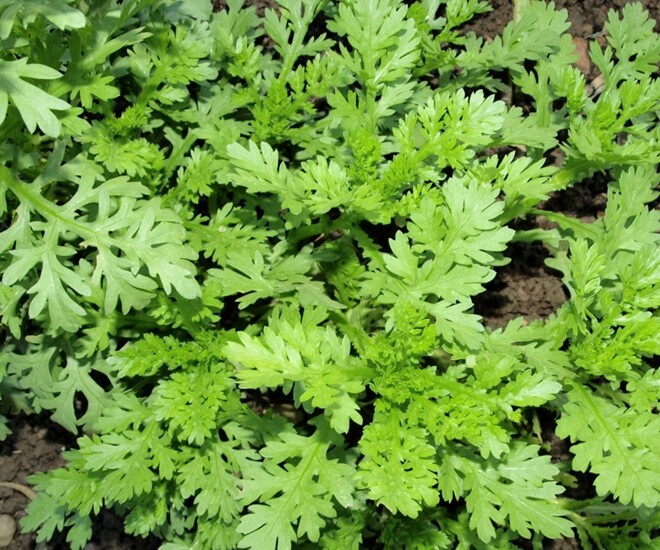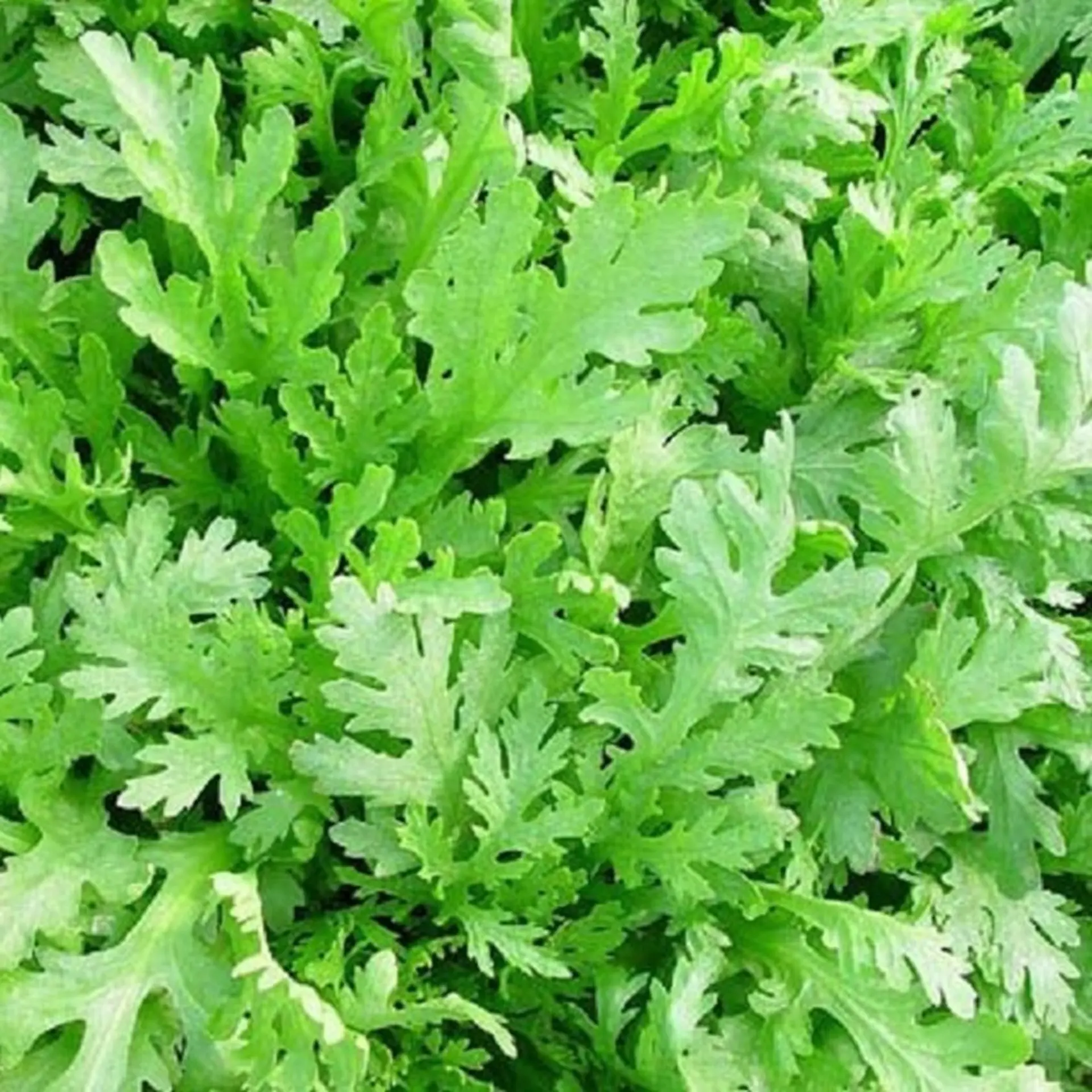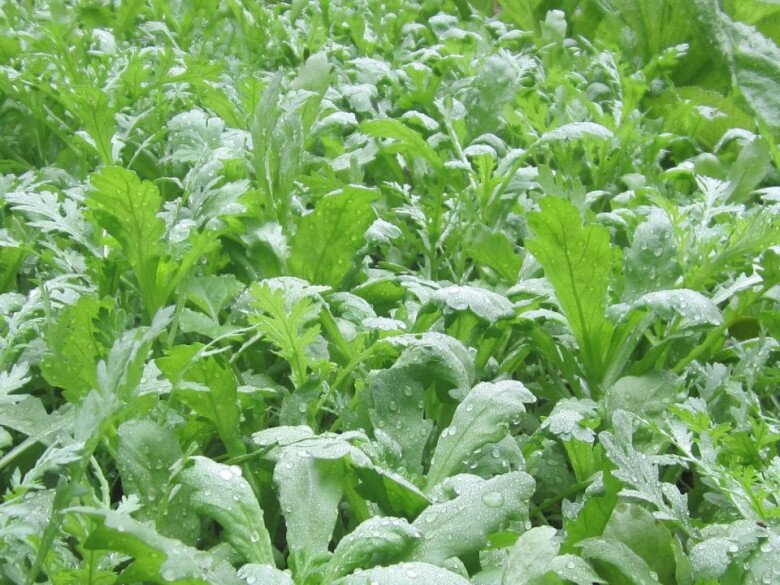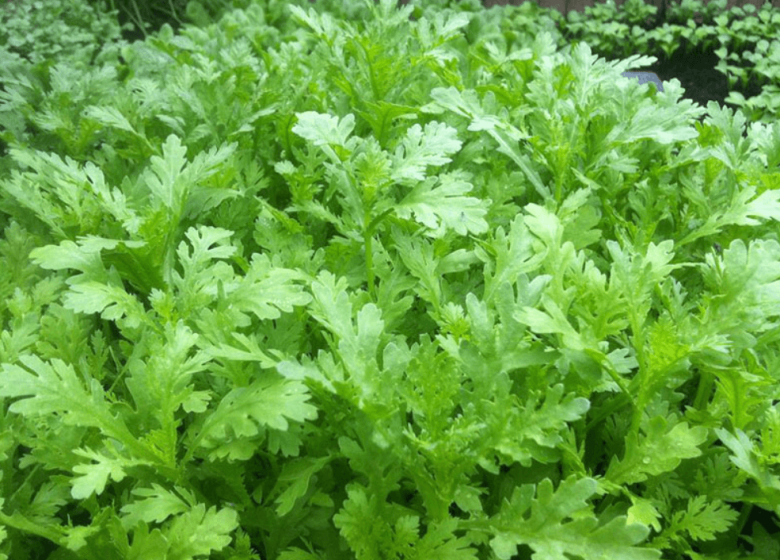This vegetable originates from the Mediterranean region and later spread to Europe and Asia, including Vietnam.

Not only is it a familiar ingredient in rustic dishes such as cabbage soup with meat, shrimp, stir-fry, or hot pot, but it is also known as the “Emperor’s vegetable” due to its rich nutritional content and impressive health benefits.
According to Eastern medicine, cabbage has a mild sweet and bitter taste, a subtle aroma, a cool nature, and is completely harmless. The nutritional composition of cabbage is very diverse, including essential oils, fiber, protein, vitamins A, B, and C, amino acids, and many other essential minerals.
This vegetable is especially notable for its cardiovascular benefits. Specifically, cabbage is rich in vitamins C and beta-carotene, two powerful antioxidants that help protect cells from damage, reduce bad cholesterol in the blood, and prevent atherosclerosis.

At the same time, the iron content in the vegetable contributes to improved blood circulation, enhancing oxygen transport to the heart and promoting its efficient functioning. Some compounds in cabbage also possess vasodilatory properties, thereby aiding in lowering blood pressure.
In addition to its cardiac benefits, cabbage is extremely beneficial for the lungs. Thanks to its high vitamin A content and natural essential oils with antibacterial properties, the vegetable helps protect the respiratory mucosa, soothes irritation, and aids in mucus clearance. Cabbage is commonly used in culinary and traditional medicinal preparations to alleviate productive coughs, sore throats, and bronchitis.
Furthermore, cabbage aids in digestion and relieves constipation due to its high fiber content. It also promotes sleep and stabilizes the nervous system through its nutrients, which have a sedative effect. Additionally, it provides calcium and vitamin K, supporting the maintenance of strong bones.
How to grow and care for cabbage
Cabbage is propagated by seed and can be grown in buckets, tubs, or open fields. In the North, cabbage is suitable for cultivation during the cool season, from September to February. In the South, it can be grown year-round if shaded from the sun.
Before sowing, prepare the soil about a week in advance by mixing it with husk ash, coconut fiber, and organic fertilizer. Then, loosen and sun-dry the soil to eradicate pathogens. If planting in open fields, create raised beds about 10-15 cm high and sprinkle with lime powder. For bucket or tub planting, simply level the soil surface.

To accelerate seed germination, soak them in warm water at 30-40°C for 3-6 hours, then let them dry and sow them evenly on the soil surface. Avoid sowing too densely or sparsely to ensure uniform growth and minimize pest problems. After sowing, cover with a thin layer of husk or husk, and optionally with straw or cloth to retain moisture.
Water daily with a small-nozzled watering can to avoid soil erosion. Place the container in a sunny location. After about 5-7 days, the seeds will germinate.

During the cabbage growing process, pay attention to the following factors:
– Soil: Cabbage can be grown in regular field soil, alluvial soil, or a mixture of husk, coconut fiber, and organic matter.
– Watering: Water twice a day, in the early morning and cool afternoon. Use a watering can with a showerhead or a sprayer to avoid damaging the young plants. During rainy weather, reduce watering or cover the plants to prevent root rot.
– Light: Cabbage grows best in light, breezy conditions with 4-6 hours of daily sunlight. The ideal temperature range is 18-28°C. In hot weather, use shade nets to prevent leaf scorch.
– Fertilizer: Start fertilizing 7-10 days after germination. Use diluted NPK fertilizer (10-10-10 or 20-20-15), applying it periodically every 7-10 days. Alternatively, use organic fertilizer, fish fertilizer, or worm castings to ensure chemical-free produce. Stop using chemical fertilizers 7-10 days before harvesting.
After about 25-30 days of cultivation, you can harvest the cabbage. Cut it close to the ground or uproot the entire plant if you plan to harvest only once. If you wish to harvest a second time, cut the stem 3-4 cm above the soil to allow new shoots to grow, and then harvest again later.



































